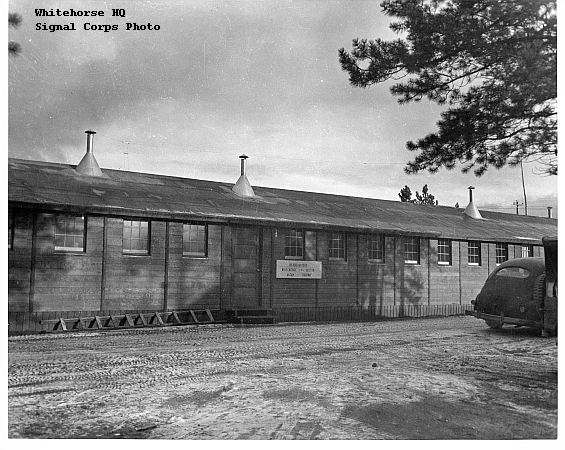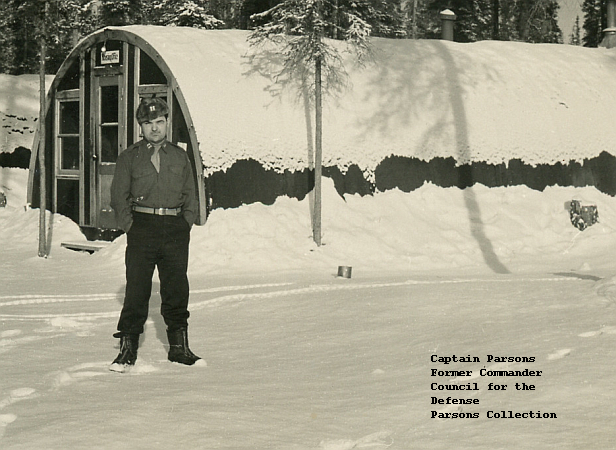
Most horrific event in recorded history, World War II has no real competition for that title. But horrific events challenge those who face them and epic challenge inspires epic response. The construction of the Alaska Highway offers a perfect example.
The words, “World War II”, familiar, prosaic, have long since lost the power to convey the cataclysmic nature of the event.
Historical forces whose roots lay centuries in the past, worked their way to the surface in the early years of the 20th century. The specific consequences differed from country to country, region to region. But a series of unprecedented events, each more dramatic than the last, occurred everywhere.
Link to another story “The War Demanded the Alaska Highway”
When the world exploded into war between 1935 and 1945, the explosion was, indeed, a World War. And war, of course, meant death and destruction on an unprecedented scale. But millions of ordinary people responded to the challenge with heroism and war also led to epic achievement. In their combined response those ordinary people built the new world that emerged after 1945

The story of the epic struggle to build the Alaska Highway through some of the toughest geography and climate on earth—1600 miles in just eight months—stands on its own. But, from genesis to conclusion, it perfectly exemplifies the confused, chaotic process by which the violent upheaval of war inspired epic achievement.

The drama of the Alcan in 1942 arose from the interaction of individuals—thousands of them. The young soldiers who came to build the road came from the United States, but some of them were white and some were black and that fact made important parts of their experience very different.
And the people who lived there in the vastness of Northern Canada and Alaska, played as big a role in the project as the soldiers who came to it.
In 1941 all these ordinary people were living their lives in worlds they perceived as normal and immutable. In 1942 the war wrenched them all into a totally new world, threw them together, changed their lives forever, mixed them like ingredients in a cocktail shaker and poured them out onto a primordial path through British Columbia, Yukon and Alaska. Together they created the great Alcan Highway.
The National World War II Museum



























